Ask an art historian what he thinks of the painter Edwin Dickinson. If he recognizes the name at all, you’ll likely hear “eccentric” within the first sentence or two, and perhaps a tired word about symbolism, or landscapes, or maybe self-portraits. But ask a painter who’s familiar with his work, and chances are good you’ll get a different, and more enthusiastic, response. In some studios, praise for Dickinson (1891–1978) can be downright hagiographic, or at least seem so, given his relative obscurity within the typical story of twentieth-century American art.
Dickinson has, it turns out, been “underrated” from the start. In 1927, in the catalogue of the artist’s first solo exhibition (at the Albright-Knox Art Gallery in Buffalo), William Hekking wrote that “among contemporary American artists few of our younger men are more gifted and their ability less appreciated, than is Edwin Dickinson.” Over the next four decades Dickinson would become, as one critic called him, “perhaps America’s best-known underknown artist.”
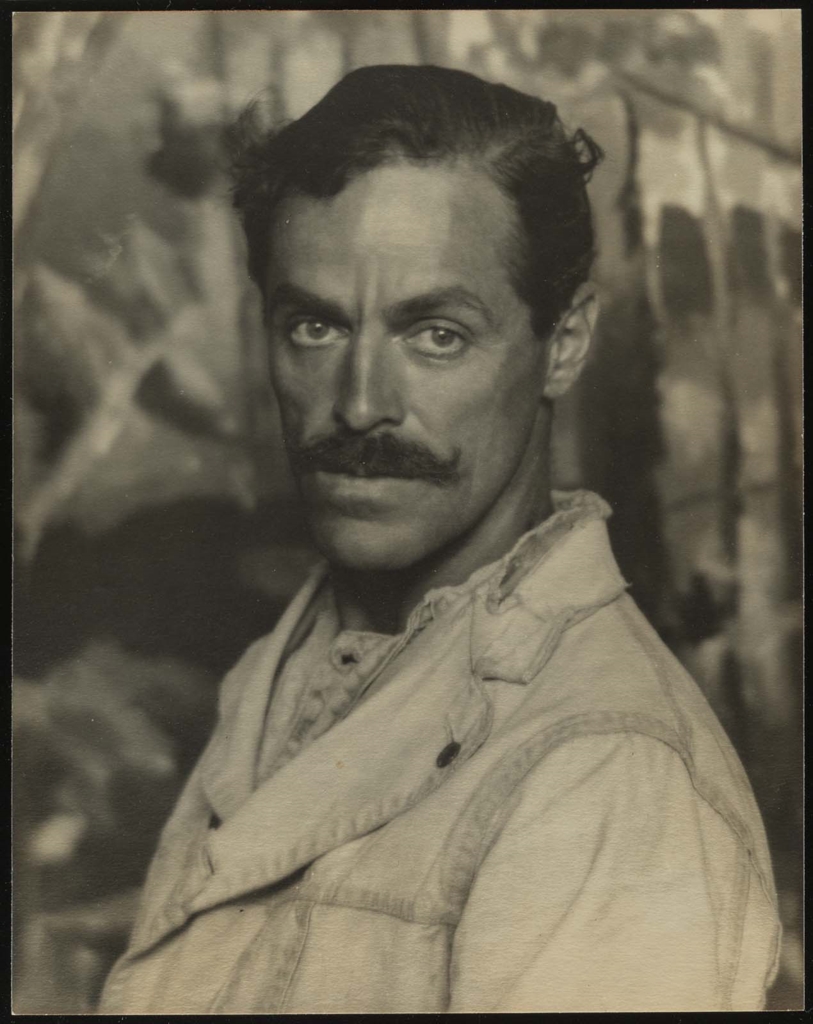
How could this be? Dickinson had a legion of diverse artists—among them some of the most powerful players in the art world—on call to defend and champion his work. Fairfield Porter wrote positively about him. He was good friends with the de Koonings and was especially close with Elaine, who described him as “a tiny, immaculate, perfectly proportioned man” and wrote that “[a]ny single one of his big pictures, since he hit his mature style in the late ’twenties, should establish his stature, as the Raft of the Medusa established that of Géricault.” Jack Tworkov and his sister, Janice Biala, were ardent admirers, having hitchhiked from New York to Provincetown in their youth just to have the chance to meet him. Tworkov would later call Dickinson “the greatest painter America has produced—in any century.”
Tworkov would later call Dickinson “the greatest painter America has produced—in any century.”
But Dickinson’s rock-star status among artists has not led to wider recognition outside of that insular world. Though he enjoyed some professional success in the mid- to late 1960s, culminating in retrospectives at moma and the Whitney, as well as a selection to the 1968 Venice Biennale, the moment coincided with his own deteriorating health and didn’t last. Since his death in 1978, exhibitions have come and gone, occurring mainly in the northeastern states where he lived and worked. But by and large, his reputation seems not to have risen in any tangible way.
The dearth of critical attention can be illustrated by an anecdote from Hilton Kramer, who recalls visiting a 1960 exhibition of Dickinson’s paintings with Clement Greenberg:
There on the walls were these marvelous little paintings that effortlessly mocked the ghastly pretensions of architecture. I had never before seen Clem Greenberg respond to painting with so much evident pleasure. I asked him if he was going to write about the show. No, he said, it was too “minor.”
The art of Edwin Dickinson allows the historian very little space for discourse. Not quite an academic, not quite modern, his idiosyncratic paintings belonged to no school of paint or thought—a professional death knell in the battleground of ideas that was twentieth-century modernism. And not only this, but his different bodies of work seem to be at fundamental odds with each other, rendering any sort of nimble observation about his career very difficult to make. Many of his paintings are dark, mysterious, and not easily digestible in the way that, say, Edward Hopper’s urban scenes often are. Further, given his many teaching positions within the art schools of his day, he can’t claim the “outsider” status that’s worth its weight in gold among the curators digging for the overlooked and underappreciated artists of our past.
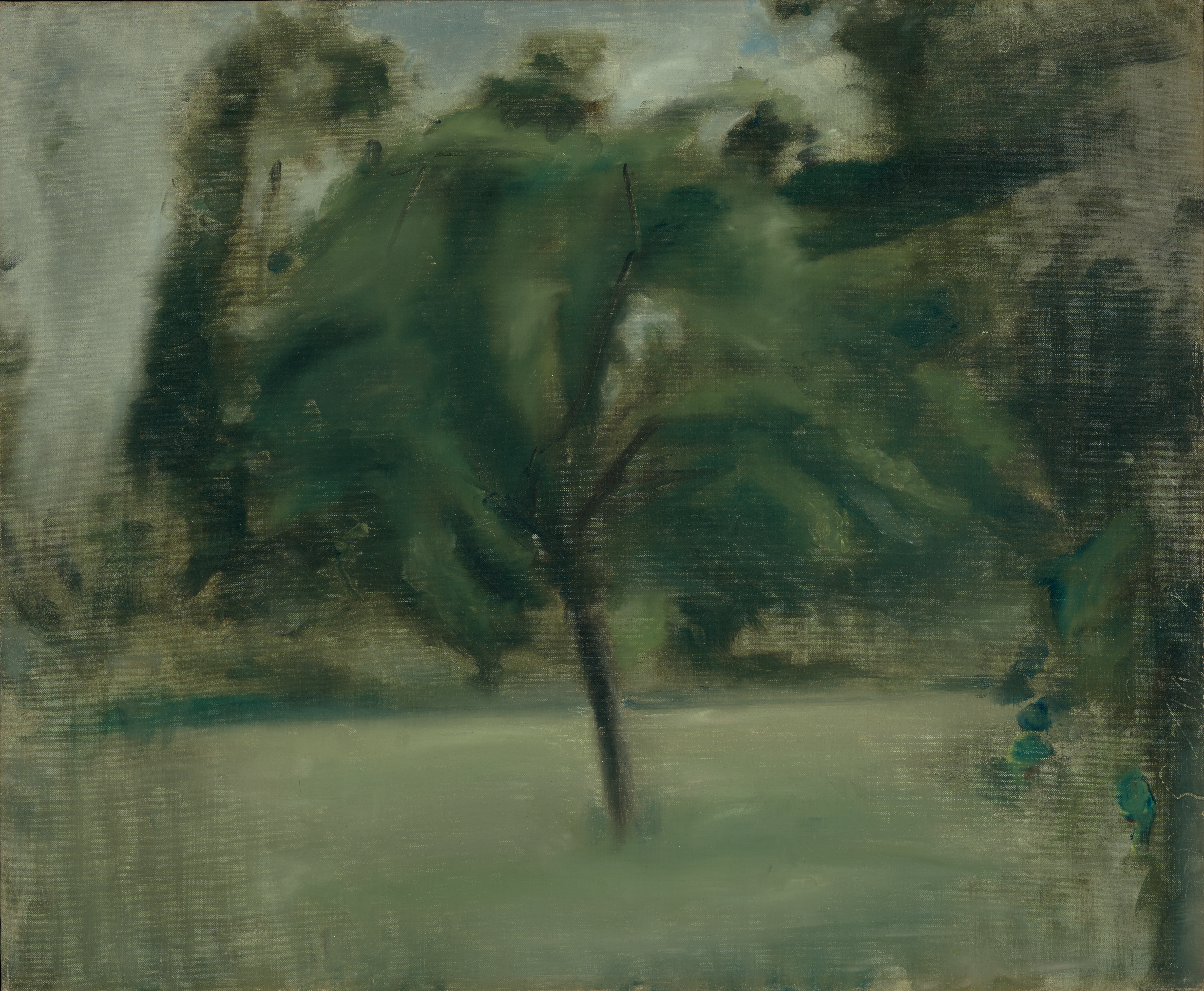
Alas, we’re probably no closer to giving Dickinson his due than we were in 1978. Perhaps we’re actually further away than ever before. Nevertheless, when an occasion arises to discuss Dickinson, one should, because he is indeed a remarkable artist. Now, at the Philadelphia Museum of Art, just such an occasion has presented itself in the form of an exhibition: “Between Nature and Abstraction: Edwin Dickinson and Friends.”1 Occasioned by a bequest of six paintings by Dickinson from the late philanthropist Daniel W. Dietrich II, the exhibition aims to reintroduce this “painter’s painter” to the public by putting him where he is most comfortable: among his many and varied teachers, colleagues, contemporaries, and admirers. It has been curated by Kathleen Foster, the Robert L. McNeil, Jr., Curator of American Art and the Director of the Center for American Art at the Philadelphia Museum. The exhibition, which includes just nine paintings by Dickinson and twenty-seven works in total, is a small event. It’s certainly not the type of thing that will win Dickinson the recognition he deserves, once and for all. But for those willing to look closely and long, the works on display will pay dividends.
Edwin Walter Dickinson was born in 1891 near Seneca Falls in the Finger Lakes region of upstate New York, the son of a Presbyterian minister. Fascinated by the sea, he secured a coveted nomination to the United States Naval Academy, but he repeatedly flunked the math section of his entrance examinations. On the heels of this failure he turned to art, moving to New York to study at first the Pratt Institute and then the Arts Students’ League, where he came under the tutelage of William Merritt Chase, an influential educator who was determined to elevate American art to the level of that in Europe. Chase and other League educators had themselves studied in the great European schools, where many of them embraced painterly academism. Here at the Philadelphia Museum we find Chase’s Young Dane (The Unknown Dane), a 1911 portrait. Though impressionistically rendered, the portrait’s altogether traditional sense for tonal composition underscores the academic bent of Dickinson’s initial training.
It was Chase who introduced Dickinson to the premier coup, or “first strike” process, in which a painter works quickly to “finish” a painting in only a matter of hours. The exercise is designed to help students develop their ability to see and register light in a clear, unpremeditated way—an essential skill for observational painters—but Dickinson would take the method to an unprecedented level of sophistication, ultimately creating a large body of paintings that are considered by some to be his greatest work.
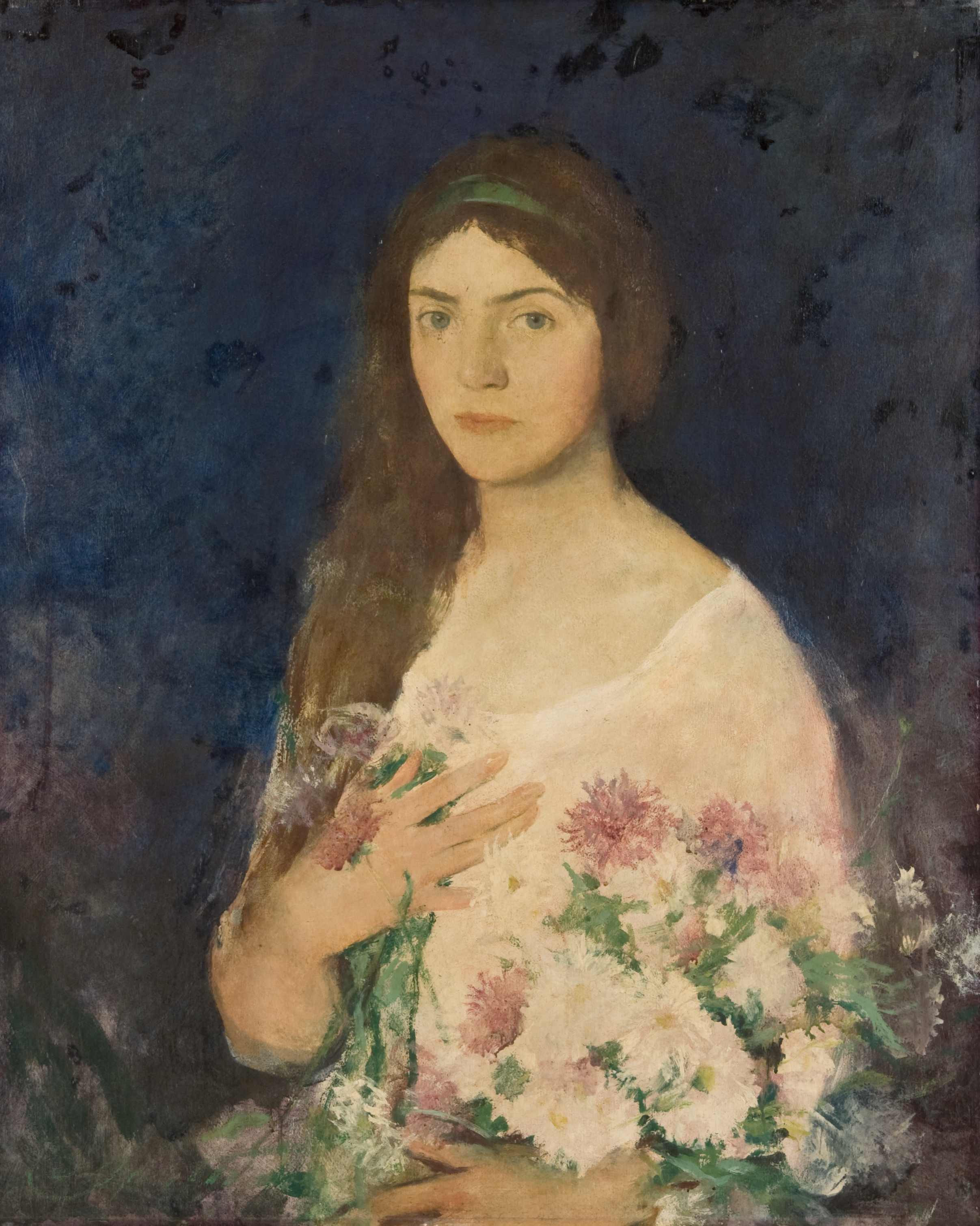
Dickinson then went to Provincetown, Massachusetts, to study during the summer months under Charles W. Hawthorne (though best known as a teacher, an admirable artist in his own right), who had started the Cape Cod School of Art in 1898, the first plein air art school in America. Hawthorne had himself studied under Chase and also taught the premier coup method, but he prioritized laying down “spots of true color” over contour line and sculpted form. His was an anti-schematic approach, one that elevated the naive “eye” over “mind,” learning over knowing:
Painters don’t reason; they do. The only way to learn is by doing. You can have no formulas for anything; search constantly. . . . Go out like a savage, as if paint has just been invented.
Hawthorne’s teaching was essential to the formation of Dickinson’s own art and aesthetic.
In 1913, his older brother Burgess, whom Edwin revered and with whom he shared an apartment in New York, committed suicide. Dickinson later said that “Burgess was the chief influence of my entire life.” In grief he fled the city, settling in Provincetown and deciding to stay there year-round. (It was one of a number of untimely deaths that Dickinson experienced early in life. His mother died of tuberculosis when he was twelve. His close friend and fellow painter Herbert Groesbeck, a Lieutenant of the U.S. Army during World War I, died in the Verdun forest ten days before the Armistice.) Dickinson began painting on his own, in a studio for which he paid $50 a year. Until 1937 he lived in Provincetown with only brief exceptions, after which he moved to nearby Wellfleet, where he completed some of his best premier coup works.
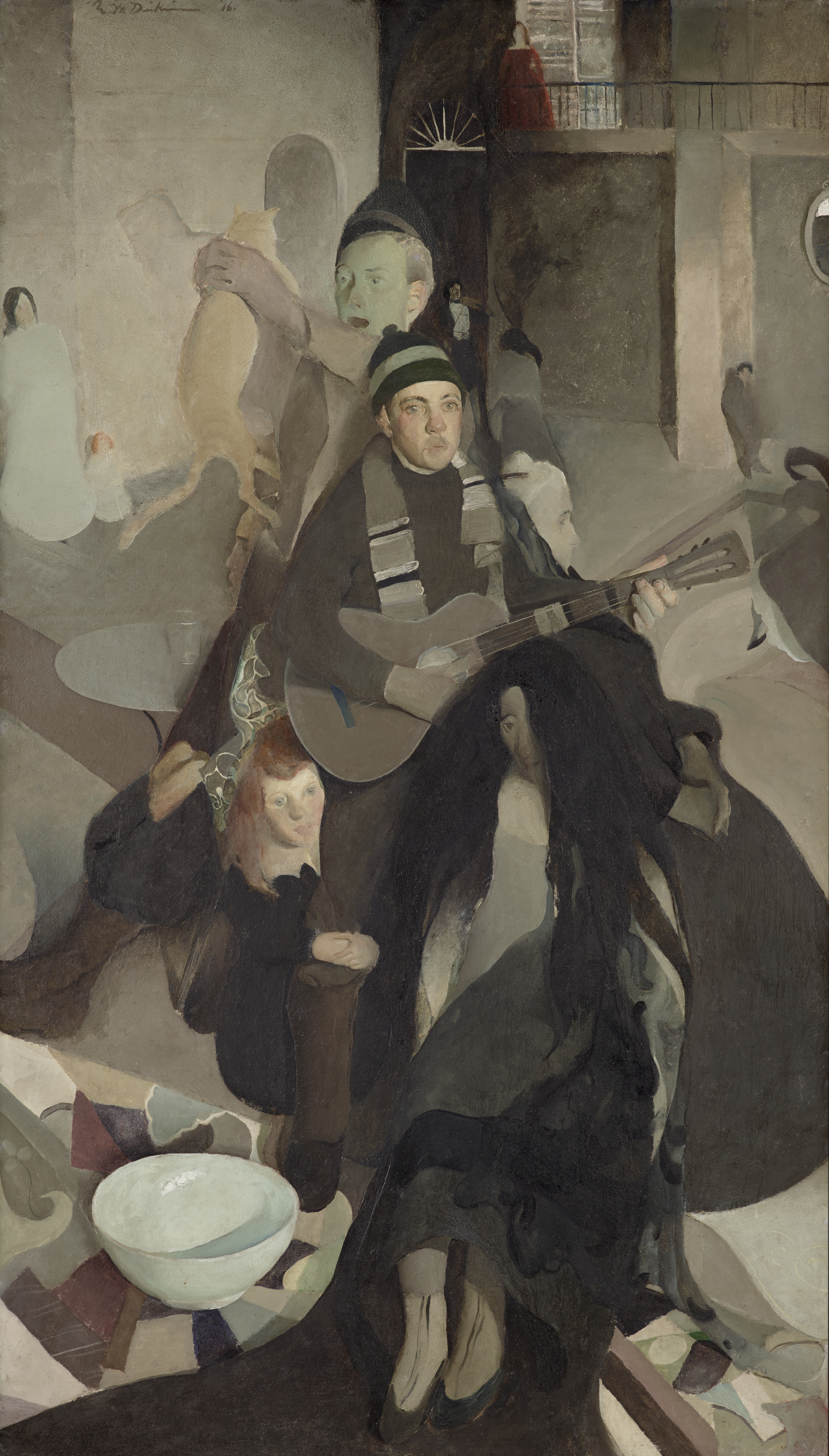
Shortly after settling on Cape Cod, Dickinson began painting his first works as an independent artist. Interior (1916), the centerpiece of the exhibition at the Philadelphia Museum, was made soon after. The work is the second in a series of eight large, multi-figure paintings that he would produce throughout his life—works that are alternately categorized as “machine paintings,” “winter paintings,” or “symbolical paintings.” That historians can’t seem to settle on any one name for the body of work gives us only a glimpse into the depths of profound strangeness that the paintings exude. They can be most easily identified by their large size, their dark, near-monochromatic palettes, their unique and unsettling vantage points (often taking a steep downward view towards their subjects), and what can only be described as an inchoate and often deeply unsettling narrative.
Interior is more formally cogent than many of Dickinson’s later “symbolical” works, but is still enormously complex. The picture’s primary subject is a pyramidal mass of six interlocking figures within a sort of terraced courtyard. A number of other shadowy and faceless people mill about in the background, but our focus goes first to the figure in the center of the composition, a man in a hat and scarf thumbing the strings of his guitar and whistling along to a silent tune. His eyes are glassy with moisture, and he looks out into the distance, seemingly unaware of the other figures with which he is so intimately, if confusingly, interconnected. Rising behind his right shoulder, another man, of a sickly gray-green complexion, holds up and screams at a pale cat, mouth agape in visceral anguish. His presence is inexplicable but goes unnoticed by all. Each of the remaining four figures is dressed in black. Peering from behind and under the musician is a young girl who holds onto his leg as if for comfort or in fear, staring out in a similar direction as the man. We can only see parts of the faces of the other three figures in this central mass: a sad-looking woman with flowing, jet black hair; an old maid and an old man flanking opposite ends of the mass’s back side.
The few historians who have written extensively about Dickinson have labored to attach a story to Interior and his seven other “symbolical” works. Some have suggested that the three women—child, woman, and maid—are allegories for the stages of life. Others have suggested the painting is a meditation on Dickinson’s dead brother, pointing to an entry in his journal that indicates a desire to memorialize his brother Burgess through art. Looking at the whistling, guitar-playing man at the painting’s emotional and physical locus, they note that Burgess was himself an accomplished musician.
But while this sort of interpretive exercise might alleviate some of the intellectual confusion we get from looking at the picture, resting upon it as a crutch would do a disservice to the spirit and mystery inherent within. Dickinson did not plan out these paintings ahead of time, and he never drew preparatory sketches. Instead, he began by simply placing objects and figures on the canvas and building out from there, coming up with new ideas and scraping out old ones along the way. This is a profoundly modern way to compose a painting, one that introduces accident and discovery as essential elements within the drama of the picture. Dickinson’s carving of space, with its interaction and alternation of flat shapes and plastic forms, has the whiff of Synthetic Cubism, then being developed by Braque and Picasso on the other side of the Atlantic. But the spatial tensions that arise out of these influences advance our sense of unease in a unique way. Dickinson’s evocative consolidation of form, subject, and feeling is unlike anything I have seen, from that period or another.
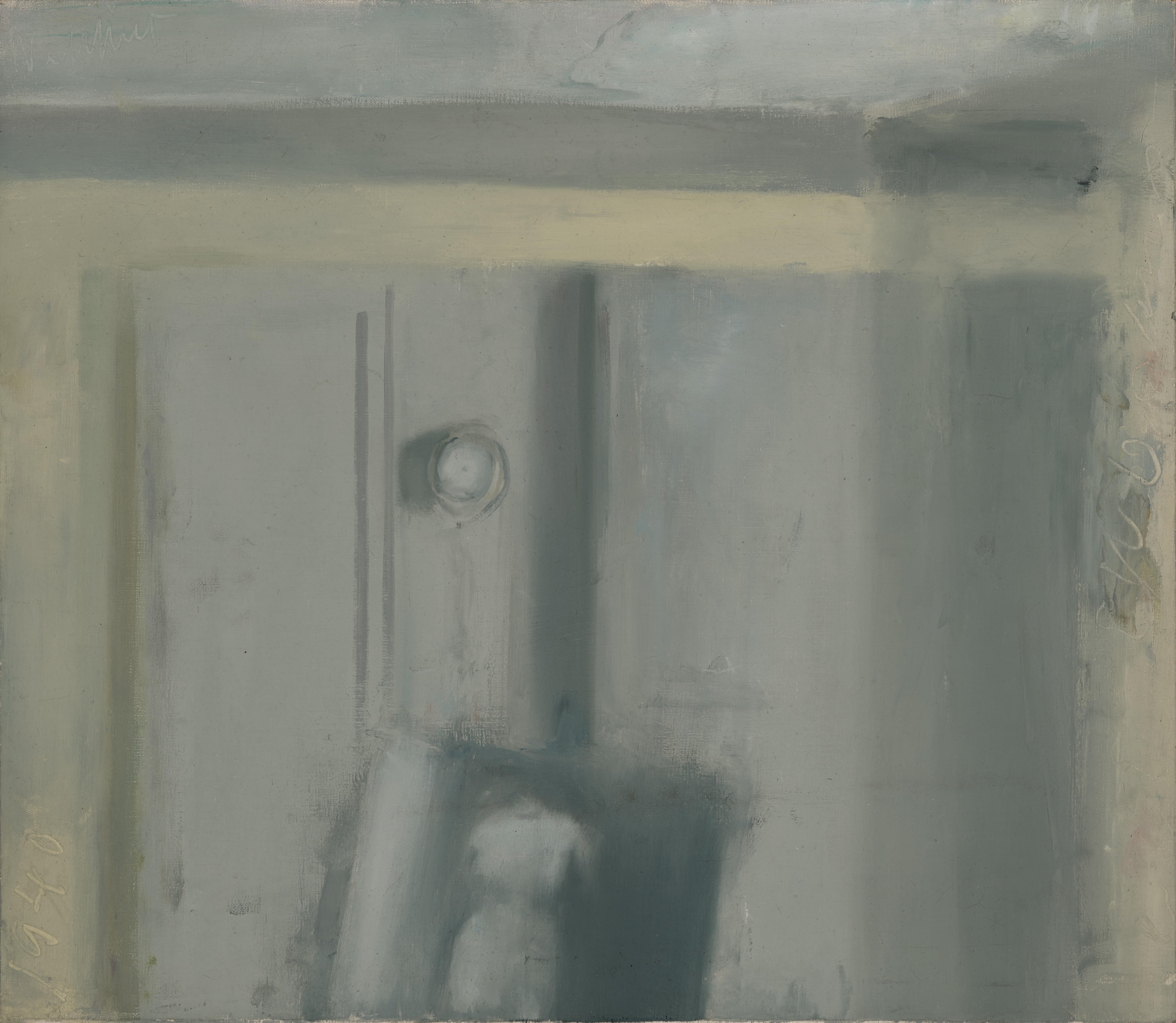
If Dickinson had only made dark, domestic dramas in the gothic register, perhaps he could have given historians enough material to really sink their hands into. But works like Interior are actually the outliers, exceptions within his larger oeuvre. Dickinson’s premier coups couldn’t be more different from those psychologically tensile “symbolical paintings.” Small, executed in mere hours, and entirely unpeopled, the premier coups really tend to do a lot with a little. East Room (1940) and Cottage Porch in Reflection (1940) are of subjects that a lesser painter wouldn’t dream of painting. In the first, Dickinson has planted himself dead-on in front of a gray cupboard of sorts. The room’s ceiling is gray. In front of the cupboard is what looks like another painting, of a figure—it’s in grayscale. The wall is a dull sort of gray-yellow—this chromatic leap, in addition to a soft cast shadow, provides the extent of the drama in the picture.
And yet, with enough time in front of this picture, innumerable attractions begin to unfold. The composition, at first glance a muddled and unintelligible array of splotchy paint, coalesces into a stirring evocation of light and air. Minute temperature and tonal shifts within forms, at first glance imperceptible, reward sustained exposure. Dickinson’s sense of painterly touch is astounding. Paint has been applied by brush as well as palette knife, but the artist’s self-proclaimed favorite tool was his right hand’s pinkie finger. Befitting Dickinson’s anti-programmatic disposition, every color passage, from imperceptible sfumato to crisp brush line, is singular, giving us the sense that each has been rendered with acute sensitivity to the particularities of his visual experience, to the unexpectedness of looking. Dickinson’s Apple Tree with Mistletoe, painted in France in 1938, and Sheldrake Point, made on Cayuga Lake a year later, contain many of the same virtues.
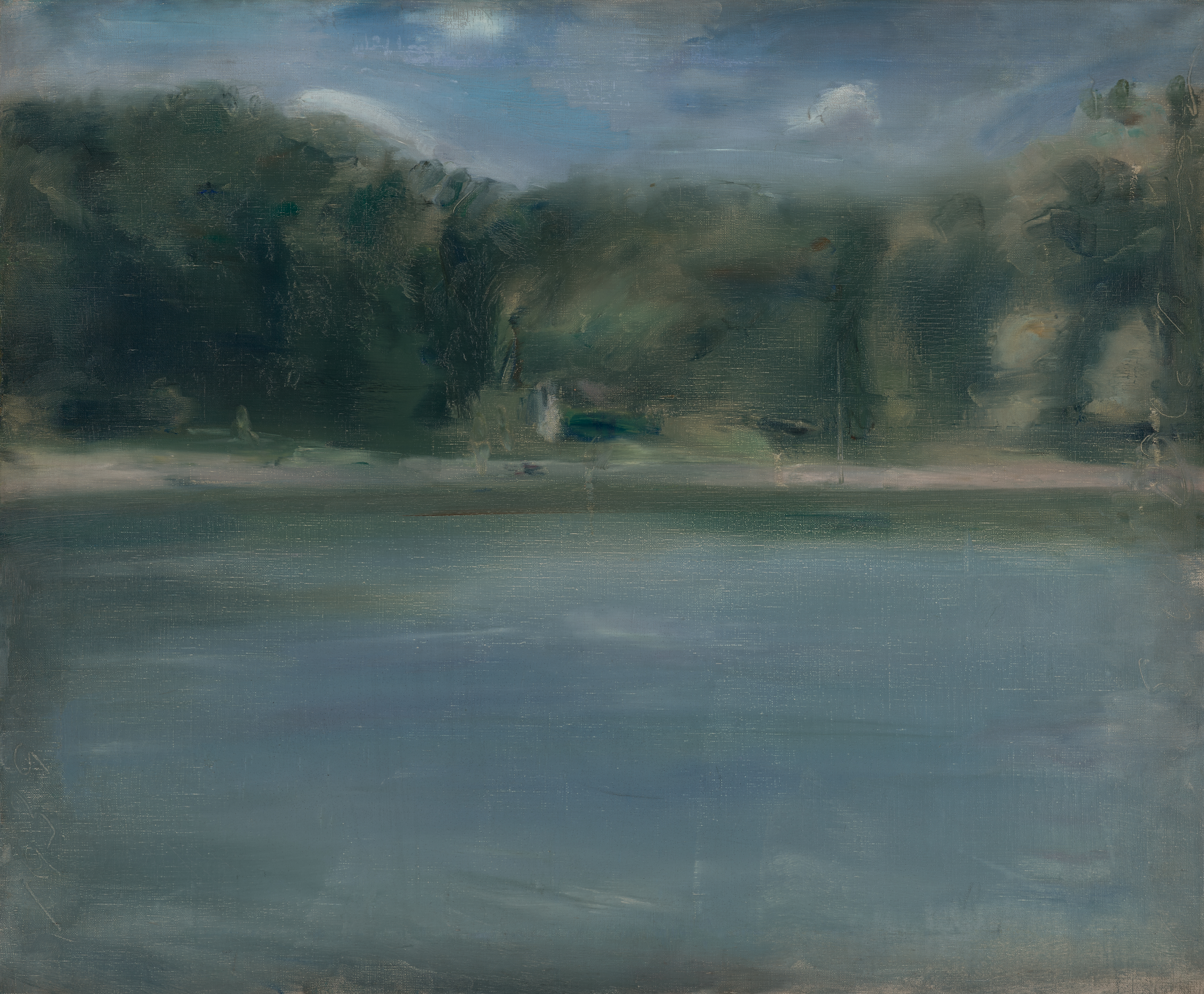
“Between Nature and Abstraction: Edwin Dickinson and Friends” admirably presents Dickinson’s teachers, Chase and Hawthorne, as well as the lateral colleagues most often associated with the pre–New York School: Edward Hopper, John Marin, Rockwell Kent, Andrew Wyeth, Charles Demuth, and others. Also included is a watercolor by Cézanne, whose career didn’t overlap with Dickinson’s but who was a formative influence on his development.
Among New York institutions, the Whitney, moma, and the Metropolitan Museum all own a number of works by Dickinson, but not a single one is on public view in any of the museums’ permanent collection galleries. What will it take for these institutions to bring his work out from storage?
The exhibition could have given a better sense for the many artists that Dickinson himself taught and inspired. In this particular area, the Philadelphia Museum has been hampered, no doubt, by the limitations of its own collection. Among the most recent works on display is Tworkov’s P73 #3 (1973), from that artist’s geometric period, which shares a quiet and contemplative sensibility with much of Dickinson’s work. But I found the adjacent inclusion of the artist Thomas Chimes (represented here by his 1988 grayscale work, Faustroll (L’Infini)) to be strikingly inapt, as well as reductive, as if to suggest that soft monochromatism was all that painters learned from Dickinson. Including other painters working from observation in Dickinson’s time and after, such as Fairfield Porter, Lennart Anderson, George Nick, Lois Dodd, or Alex Katz, would have established more convincingly Dickinson’s indispensable contribution to an enduring and undervalued strain of American painting.
But this wish list is only to say that while “Between Nature and Abstraction” is not a final or even comprehensive word on Dickinson, it is an encouraging start. Among New York institutions, the Whitney, moma, and the Metropolitan Museum all own a number of works by Dickinson, but not a single one is on public view in any of the museums’ permanent collection galleries. What will it take for these institutions to bring his work out from storage? Maybe he’s too “academic,” maybe too “strange.” Perhaps more damning, Dickinson’s art is precisely not of our time—but that’s also what makes it worth looking at. In this on-the-go era of ephemeral distraction, Dickinson implores us through his art to awaken ourselves to the slow experience of seeing. “To be awake is to be alive,” Thoreau said. These paintings, indicative of this truth, remind us that art is not for history, but for man, and for life.

